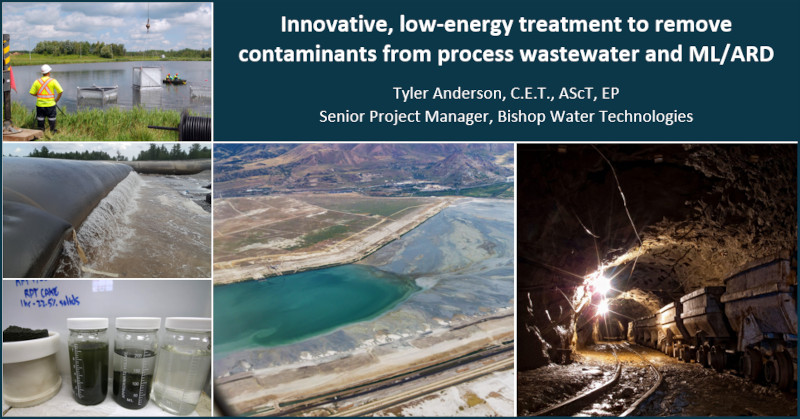Innovative, low-energy treatment to remove contaminants from process wastewater and ML/ARD

Case studies as presented at the 2022 Tailings and Mine Waste Conference.

Case studies as presented at the 2022 Tailings and Mine Waste Conference.
Keep up to date on all the great projects we are working on by receiving our monthly newsletter.
Keep up to date on the latest projects from Bishop Water.
